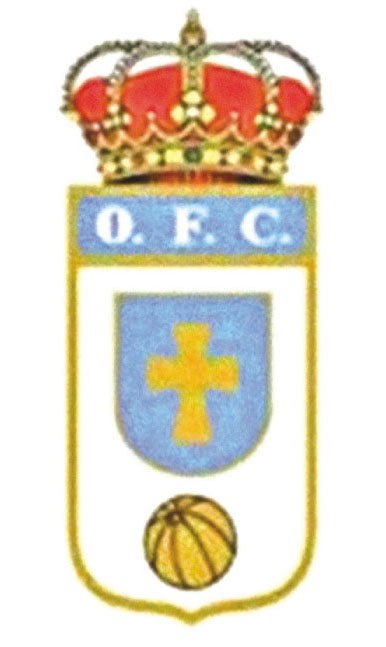
REAL OVIEDO
THE CLUB SAVED BY SUPPORTERS
In the autumn of 2000 the future was looking bright for Real Oviedo. The Asturian club had established themselves in the Primera División and had just inaugurated their publicly owned stadium, the Carlos Tartiere, with its capacity of 30,500 spectators. But the season did not work out as planned and on the very last day Real Oviedo were relegated, after 13 years in the top flight.
With relegation came financial problems that threatened the club’s very existence. Their spell in the Segunda División lasted only two years, because in the 2002/03 season they were demoted still further, to the Spanish fourth division, after failing to pay their players. At this point, politicians in Oviedo chose to support local rivals Astur CF instead, which appeared to spell disaster for Real Oviedo. But the supporters mobilised, there were protest marches and they managed to raise enough money to save their club, if only temporarily.
After a number of years in the lower divisions, there was still more trouble in the 2012/13 season. Real Oviedo, at that point in the third division, were once again in acute need of funds to stave off bankruptcy. At that point three global stars who had been nurtured by the club stepped up to the plate: Santi Cazorla, Juan Mata and Michu (Miguel Pérez Cuesta) joined up with the fans and contributed money for shares in the club. Real Madrid and Carlos Slim, one of the world’s richest men, also bought into the club. Word spread and within two weeks more than 20,000 people in more than 60 countries had bought shares in Real Oviedo. The club was saved.
Since relegation from La Liga in 2001, the club have never sold less than 10,000 season tickets, which bears witness to their popularity, status and potential.
CLUB: Real Oviedo
NICKNAMES: Carbayones (a reference to an oak tree which was an important symbol of the city’s identity), Los Azules (the Blues), Los Godos (the Goths) and Oviedistas
FOUNDED: 1926
STADIUM: Carlos Tartiere, Oviedo (30,500 capacity)
HISTORIC PLAYERS: Abel Xavier, Paulo Bento, Berto, Viktor Onopko and Michu

1926–1931. Real Oviedo’s emblem has gone through a number of minor changes over the years. There have been 11 different versions and this one originates from the year that the club was founded. The first version was simpler, in black and white, and was quickly replaced by the colour version pictured.

1931-1934. The biggest change in the club crest came in 1931, when the crown had to go because of the political unrest throughout the country. But by 1934 the crown was back, if somewhat toned down.

2013–present. The majority of symbols, such as the crown, the cross and the ball, have generally been retained since the club was founded in 1926. The crown above the shield refers to Oviedo’s prefix, ‘Real’, a tradition which the club shares with many Spanish teams. The initials have varied over the years but today’s ‘RO’ are the ones that have appeared most regularly. The cross comes from Oviedo’s town crest and has always been part of the emblem.

Real Oviedo winger Néstor Susaeta played for the club for four years from 2013, scoring 27 times in 150 apprearances.